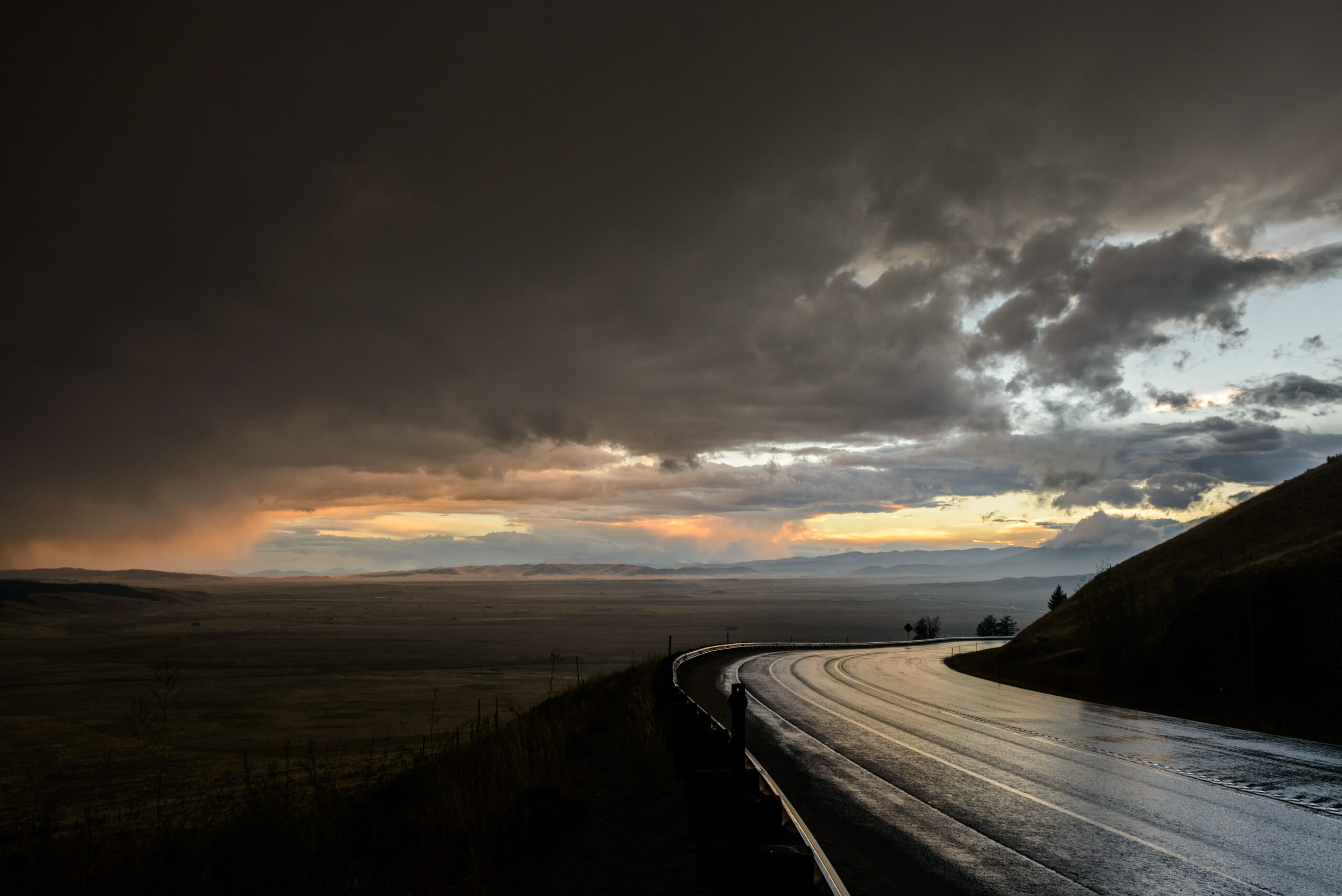The concept of “earthquake weather” dates back to ancient Greece, and the tantalizing idea that we can predict earthquakes based on meteorology persists. Has modern science proven a link between temperature, humidity, and the likelihood of seismic activity?
The Origin of “Earthquake Weather”
Earthquake weather: hot and arid with no wind; a “sickly, tropical languor;” a day when “even the grim vultures perched upon the housetops forget their obtrusive personal differences in a common sense of general uneasiness.”
Conventional knowledge places the origin of “earthquake weather” with Aristotle in ancient Greece. His treatise “Meteorology” proposed that wind trapped underground caused earthquakes. He postulated that the biggest earthquakes were preceded by a period of calm, hot weather.
Perhaps nothing in our modern era promoted the concept of “earthquake weather” more than the 1989 Loma Prieta earthquake in Northern California. The famous 6.9 Magnitude earthquake occurred during the live TV broadcast of Game 3 of the World Series between the San Francisco Giants and Oakland Athletics. It also struck on an unusually hot day that lacked the normally ubiquitous San Francisco wind.
That weather and earthquake prompted some observers to compare Loma Prieta to the devastating 1906 San Francisco Earthquake. Many accounts of the 1906 quake describe it as striking during a “heat wave.” (The actual recorded high temperature for April 18, 1906 was only 62 degrees F.) The media coverage of “earthquake weather” further cemented the urban legend into the brains of earthquake-country residents.
Earthquake Weather Debunked
However, scientists generally agree that there’s no real evidence to support “earthquake weather.” A study by the United State Geological Survey (USGS) found that “there is approximately an equal distribution of earthquakes” in all types of weather.
With a little logic, one can see why Snopes.com and other skeptic sites treat “earthquake weather” as nonsense. Atmospheric temperature affects only a shallow layer of the earth’s crust. Consider burrowing animals escaping the heat (or staying warm at night) by digging down into the ground a few feet. The Loma Prieta earthquake occurred at a depth of 11.5 miles. It’s very difficult to imagine how air temperature could affect geological faults located several miles below the earth’s surface.
Earthquakes and Meteorology
Despite the discredited “earthquake weather,” modern seismological research continues to expand our knowledge about earthquakes and weather. The most notable study of the past decade found that infrared emissions in the atmosphere spiked considerably in the days prior to the massive 9.1 Magnitude earthquake off the coast of Tohoku, Japan in 2011. It seems far from definite whether or not such temperature rises could be used to predict earthquakes, however.
Aside from temperature increases, researchers have also explored other correlations between weather and earthquakes. A 2011 University of Miami study suggested a connection between tropical storms and earthquakes, including the two 2010 quakes in Haiti and Taiwan. Similarly, a Georgia Tech study of the 2011 earthquake near Mineral, VA discovered that Hurricane Irene may have significantly increased the number of aftershocks following that major quake. More recently, a 2015 study linked the seasonal decrease in groundwater to the 2014 earthquake in Napa, California.
Planet Earth works as a fabulously complex ecosystem, and its atmosphere and lithosphere act together brilliantly to create the necessary conditions for life (the biosphere). We may not know if or how the atmosphere affects earthquakes or whether meteorology can predict them yet. But you can be sure that seismologists are trying to figure it out. (Just maybe don’t mention the term “earthquake weather” if you meet one of them.)
Reviewed by Victoria Chames. Original publish date December 6, 2018.

